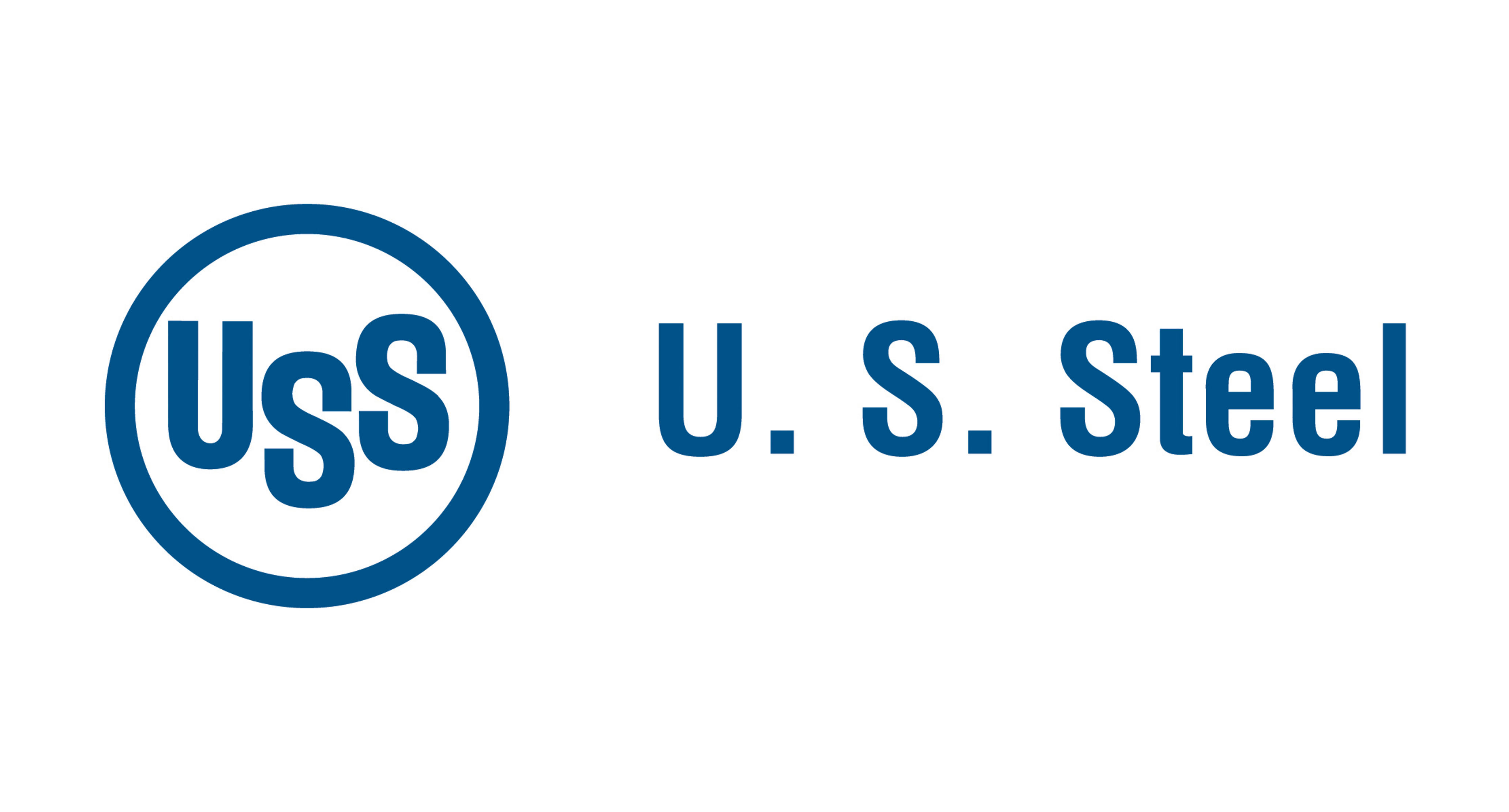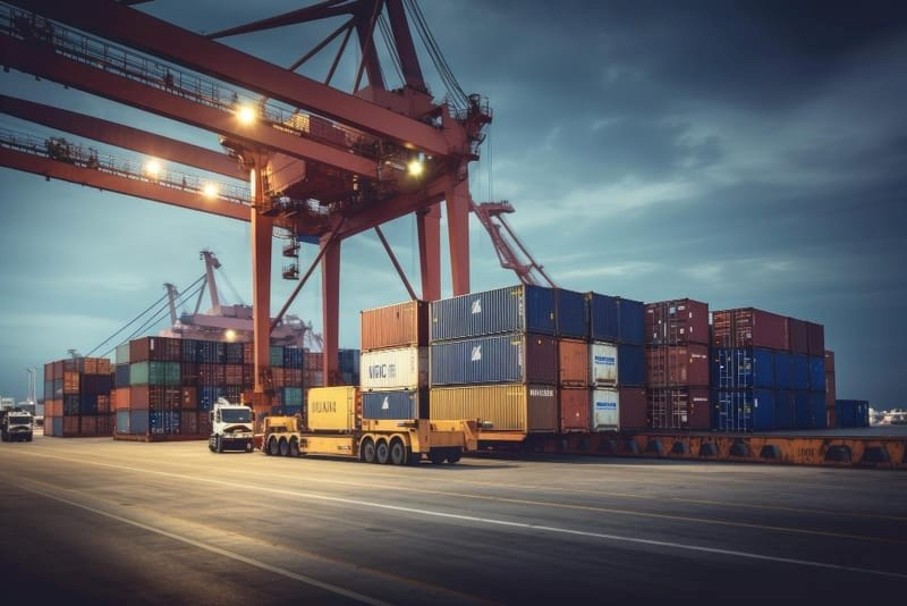Government/Policy

March 5, 2019
SMA: “Section 232 Should Stay in Place”
Written by Tim Triplett
The Steel Manufacturers Association remains a strong supporter of Section 232, even as the tariffs face increased scrutiny as a stumbling block to passage of the new U.S.-Mexico-Canada trade agreement.
SMA President Phil Bell defends the 25 percent tariffs on steel imports from critics who contend they unfairly tax downstream steel consumers. “The gloom and doom scenarios of massive job losses and downstream closures have been wildly overstated and based on some questionable assumptions,” Bell told Steel Market Update. “Downstream industry sectors that use steel are actually doing pretty well.”
From January 2018 to January 2019, employment in the fabricated metal sector—the primary steel consuming sector—increased by 39,000 jobs, according to the Bureau of Labor Statistics. Employment in the primary metals sector, including steel mills, increased by 8,100 jobs in the same period. Industry Week’s September 2018 Top 50 performing manufacturers included steel-consuming companies such as motor vehicle parts manufacturers and metal fabricators, Bell noted.
The tariffs are helping to support investments into new and more efficient capacity by SMA members such as Nucor, Steel Dynamics, Keystone/Liberty House and JSW that will further benefit domestic consumers, Bell said. Since Jan. 1, 2017, over $10 billion in new steel industry investments have been announced.
To those who say tariffs artificially inflate prices, Bell notes that the price of steel is now below where it was when the president announced Section 232, “and as domestic supply increases, prices will inevitably go down.” Further, the tariffs have not caused shortages as some originally feared. Only a modest 3.5 million tons shifted to the U.S. industry, according to Commerce data, as many foreign producers absorbed the tariffs.
“It should also be noted that tax reform, regulatory certainty, relatively low interest rates and strong demand also have benefited steel mills,” Bell said, and help account for recent record profits.
SMA believes rescinding the tariffs at this point would be premature. “We are just starting to get to the minimum needed capacity utilization of 80 percent,” Bell said. “I believe that the 232 tariffs should stay in place long enough to make sure we do not see another surge in unfair and illegal imports near term.”






